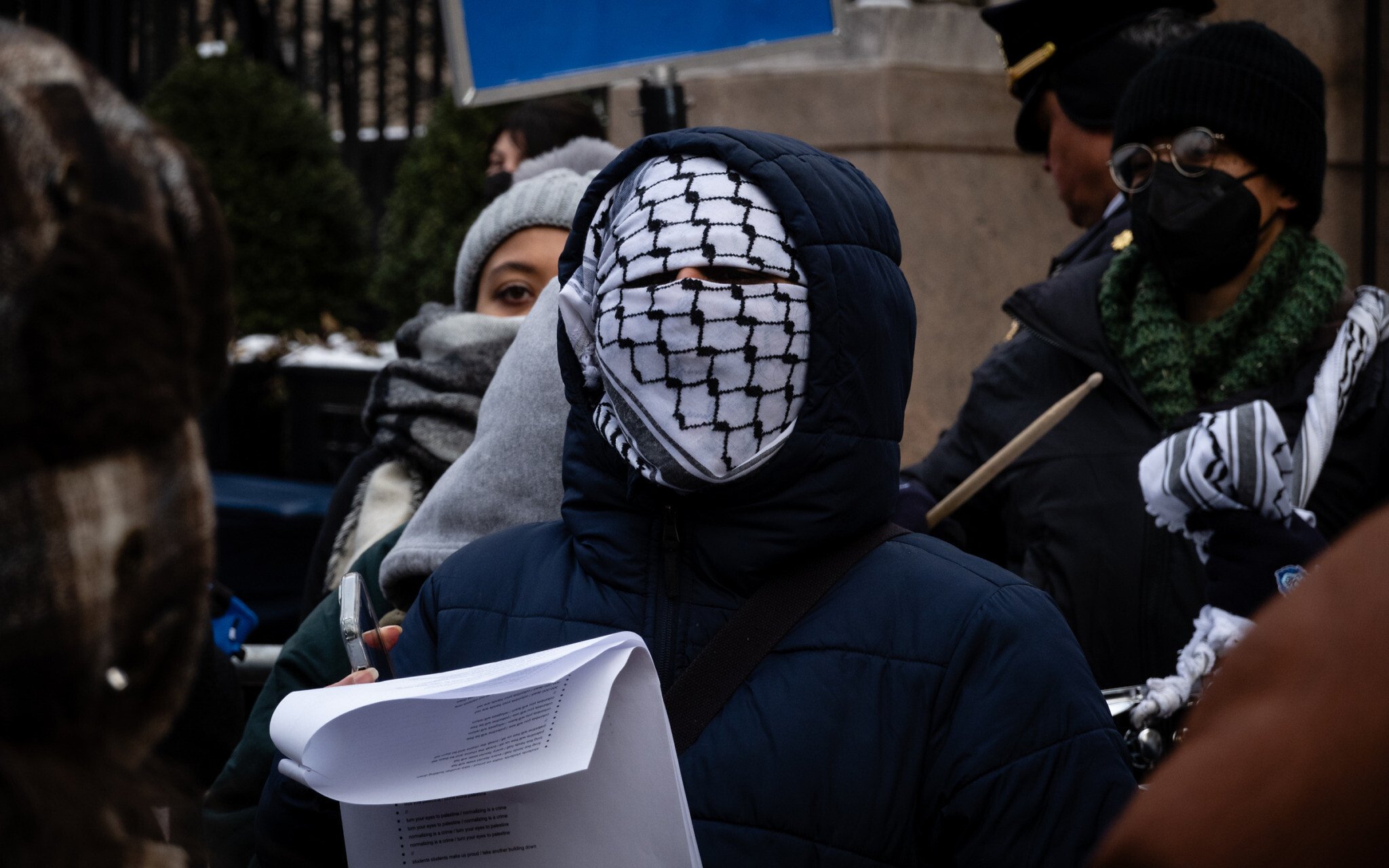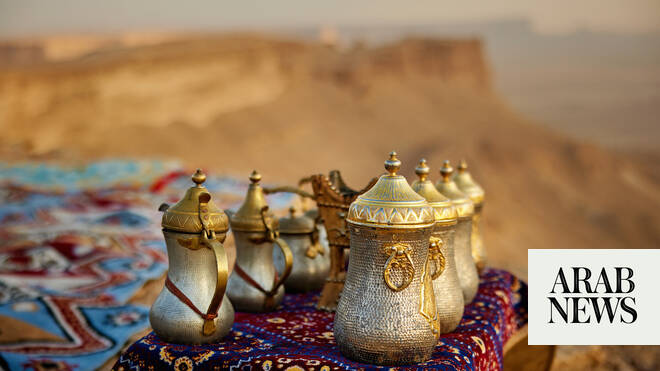A new generation of Arab animators and writers is reshaping the animation industry across the Middle East, using advances in technology to create original stories that reflect local cultures, dialects, and humor. Once dominated by imported or dubbed content, the region is now seeing a surge in Arabic-led productions, with platforms and studios investing in shows that resonate with local audiences. Pioneering works like 'Freej,' 'Shaabiat Al-Cartoon,' and 'The Knight and the Princess' have paved the way for a creative economy that values authenticity and cultural expression.
Modern tools such as three-dimensional animation and artificial intelligence are making high-quality production more accessible, allowing smaller teams to compete on a global scale. Creators emphasize the importance of using regional dialects and cultural references to foster a sense of belonging and engagement among viewers. Cross-border collaborations and partnerships with international studios are also helping to elevate the technical and artistic standards of Arab animation.
Despite these advances, writers face challenges in balancing linguistic diversity and cultural sensitivities, especially when addressing topics like gender or social change. Industry leaders believe that the future of Arabic animation depends on empowering local storytellers and maintaining a strong cultural voice, while leveraging technology to reach wider audiences. As the industry matures, Arab animation is poised to become a powerful medium for both regional identity and international appeal.

 image sourced from original article at
image sourced from original article at 


